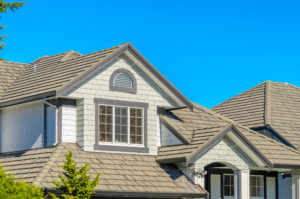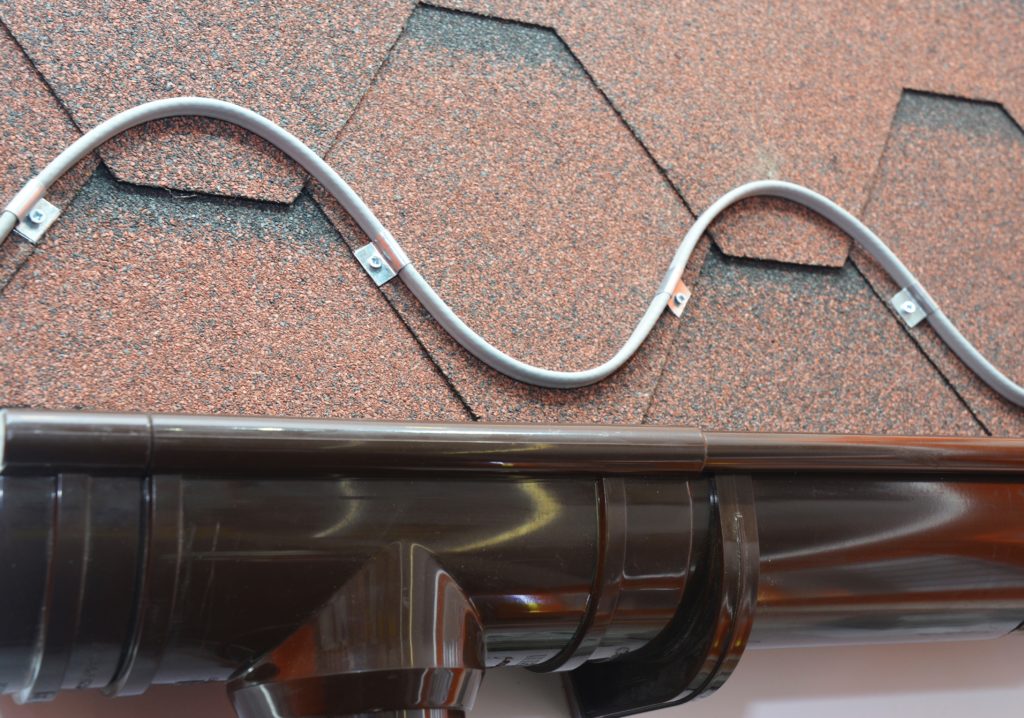

Heated roofs are becoming increasingly popular among homeowners in cold regions. These systems are designed to prevent snow and ice buildup on roofs, which can cause damage to the structure and pose safety hazards. In this blog post, we will discuss what heated roofs are, how they work, their benefits, and their drawbacks.
Heated roofs are systems that are installed on the roof of a building to prevent snow and ice buildup. These systems typically consist of heating cables or mats that are installed on the roof, along with a thermostat that controls the temperature of the system. When the temperature drops below a certain point, the heating system is activated, preventing snow and ice from accumulating on the roof.
Heated roofs work by preventing snow and ice from accumulating on the roof. This is accomplished through the use of heating cables or mats that are installed on the roof. These heating elements are connected to a thermostat that is programmed to activate when the temperature drops below a certain point. When the thermostat detects a drop in temperature, it sends a signal to the heating elements, which then begin to warm up.
The heat generated by the heating elements is transferred to the roof, preventing snow and ice from accumulating. As a result, the roof remains clear, reducing the risk of damage and safety hazards. Heated roofs can be installed on virtually any type of roof, including metal, tile, and asphalt shingle roofs.
There are several benefits to installing a heated roof system. One of the main benefits is that it can prevent damage to the roof. Snow and ice buildup can put a significant amount of weight on the roof, which can cause it to sag, leak or even collapse. Additionally, as snow and ice melt and refreeze, it can cause damage to the roof and the surrounding structure.
Heated roofs can also prevent safety hazards. Snow and ice buildup on the roof can pose a risk to pedestrians and vehicles below. When snow and ice fall from a roof, it can cause damage or injury. By keeping the roof clear of snow and ice, heated roof systems can help prevent these hazards.
Another benefit of heated roofs is that they can save money on energy costs. When snow and ice accumulate on a roof, it can cause the temperature inside the building to drop. This can result in increased heating costs as the heating system works harder to maintain a comfortable temperature. By preventing snow and ice buildup, heated roof systems can help reduce energy costs.
While heated roofs have many benefits, there are also some drawbacks to consider. One of the main drawbacks is the cost. Heated roof systems can be expensive to install, and the cost will vary depending on the size and type of roof. Additionally, heated roofs require electricity to operate, which can add to the cost of energy bills.
Another drawback of heated roofs is that they require maintenance. The heating elements must be inspected and maintained regularly to ensure that they are working properly. Additionally, heated roof systems may not be suitable for all types of roofs, and some roofs may require additional reinforcement to support the weight of the system.
Overall, heated roofs can be a great way to prevent snow and ice buildup on your roof. They are designed to keep the roof clear of snow and ice, reducing the risk of damage or safety hazards. Plus, they can save money on energy costs by preventing heat loss from the building. However, it is important to consider that these systems require maintenance and installation costs that may not be suitable for all budgets. If you’re considering installing a heated roof system in your home or business, make sure you weigh both its benefits and drawbacks before making any decisions.